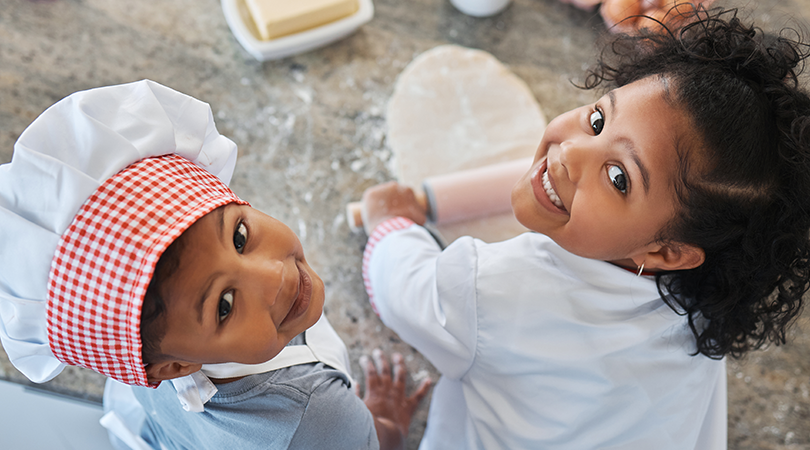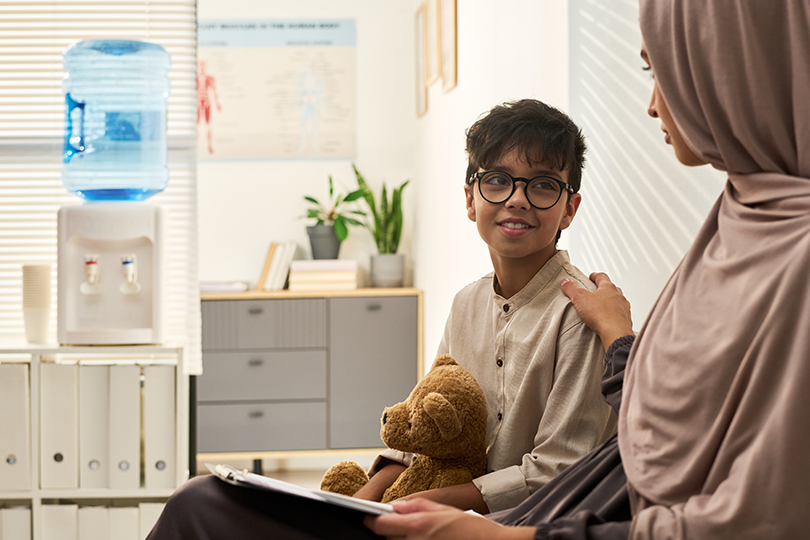
Pető method program
At RehaKids, we offer a unique developmental program based on the Pető Method, a specialized approach that helps children build independence and confidence in their daily lives. Unlike traditional therapies, conductive education — it is a task-oriented learning process that empowers children to adapt and thrive in everyday situations. Through the Pető Method, children develop essential skills by actively engaging in structured learning strategies. They learn to think through each movement, emotionally connect with physical tasks, and practice them in a supportive environment. This hands-on approach helps them achieve greater mobility, coordination, and self-sufficiency in daily activities.
Our goal is to provide a nurturing space where children can fully participate in their world.
- Task-Oriented
- Conductive Education
- Specialized Learning Strategies
- Play-Based Learning
Want to learn more?
Contact us today to see how our program can support your child’s journey!

Programs
One of the most important goals of conductive pedagogy – regardless of age – is to teach developmental learning skills. Its essence is complex personality development based on active learning. Our goal is to provide a nurturing space where children can fully participate in their world.
Do you have any questions?

The main goals of conductive education are to encourage:
- independent living
- personality development
- social interaction
- coordination development
- motor functioning
Schedule
During daily 6-hour play and development sessions, our experts carefully observe each child's needs, identify their motivations, and create engaging games and tasks tailored to their interests. These fun, interactive activities serve as the foundation for working on individualized developmental goals, chosen based on the child's current needs and progress. Our goal is to provide a nurturing space where children can fully participate in their world.

The professionals
Our experts focus on a wide range of essential skills tailored to each child's unique needs.
These may include:
- Eye Contact & Social Attention - Encouraging meaningful engagement and focus.
- Verbal & Non-Verbal Communication - Developing expressive and receptive language skills.
- Flexibility & Adaptability - Helping children adjust to new situations and routines.
- Sharing Experiences - Encouraging cooperative play and interaction.
- Interest in Others - Building curiosity and social awareness.
- Asking & Answering Questions - Strengthening conversational skills.
- Sense of Humour & Playfulness - Promoting joy and emotional connection.
... and much more, all designed to support your child's growth, confidence, and indepen-dence.
Through play-based therapy, we create a safe and joyful space where your child can grow, build confidence, and develop essential skills naturally. By following their lead, keeping them engaged, and gently challenging them, we help make newly acquired skills spontaneous and effortless. This approach not only supports your child’s development but also encourages them to open up, express themselves, and connect more freely with others—both at home and beyond.

After the therapy
Every therapy can be continued at home, ensuring long-term progress for your child. While in Hungary, caregivers receive hands-on training on how to perform each task effectively. To support them further, we provide a detailed task sheet with written instructions and illustrations. By following the agreed frequency and number of repetitions within a structured timeframe, families can confidently integrate these activities into daily life, reinforcing their child's development in a familiar and loving environment.


